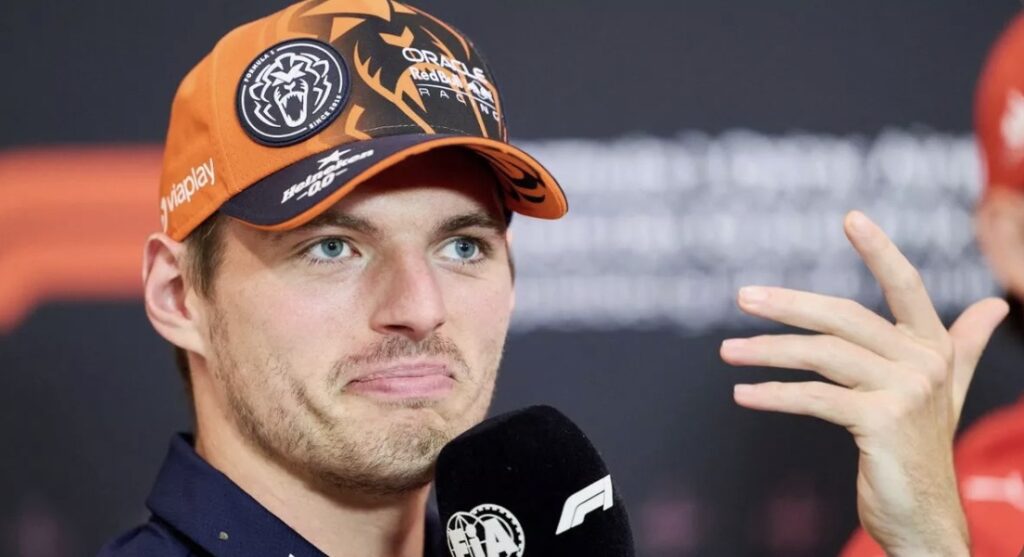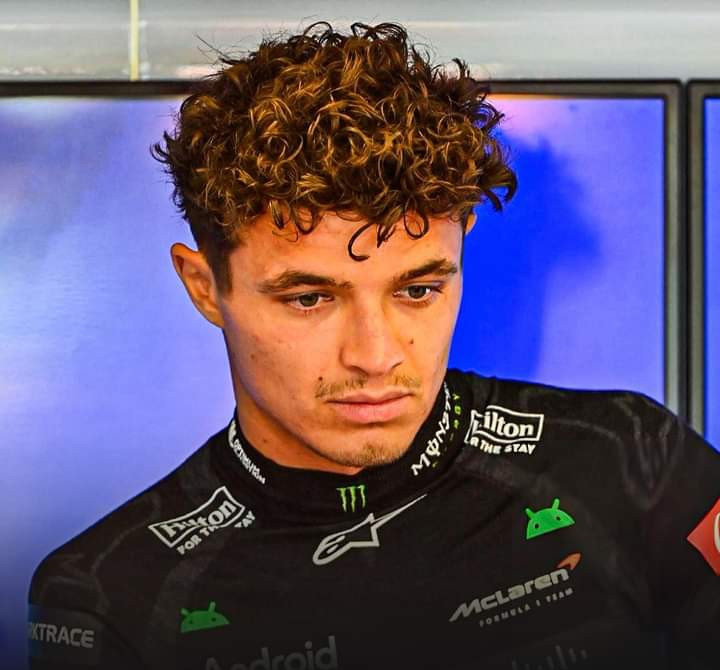
Max Verstappen of Red Bull has been criticized for allegedly violating rules and displaying “immature” driving behavior during the chaotic Austrian Grand Prix on Sunday. Former Formula 1 mechanic Marc Priestley hinted that Verstappen, 26, might have deserved a stricter penalty in one of his favorite events. Verstappen received a 10-second penalty and finished fifth after a late-race collision with Lando Norris.
Norris had to retire following a collision at turn three on lap 64, despite a strong performance throughout most of the race. Verstappen, however, benefitted by changing to a new set of tires before the race’s conclusion.
Priestley, commenting on his YouTube channel, acknowledged the penalty but suggested it could have been harsher. He insinuated that Verstappen might have breached additional rules, including one that was implemented because of his own actions in the past. “We witnessed a botched pit stop that allowed Lando Norris to stay competitive,” Priestley observed. “We also saw some dubious strategy calls and certainly questionable driving from Verstappen when he was under pressure. It reminded me of the early days of Verstappen in Formula 1, where his aggressive driving and erratic moves were often criticized.”
Priestley referred to the “Verstappen rule” from 2016, designed to prevent drivers from using braking as a defense, a rule inspired by Verstappen’s previous tactics. Although Verstappen claimed post-race that his actions didn’t amount to moving under braking, Priestley disagreed, finding it odd that the stewards did not.
Priestley further argued that Verstappen seemed to try to push Norris off the track following a puncture, potentially meriting further penalties. He noted, “Lando had more grip as his tire was still intact, but Verstappen appeared desperate and even seemed angry after the incident, trying to retaliate. This behavior seemed like the immature Verstappen from earlier years, which we haven’t seen recently.”
This analysis brings to light concerns over Verstappen’s driving conduct, suggesting a return to his earlier, more impulsive racing style in response to high-pressure situations.

